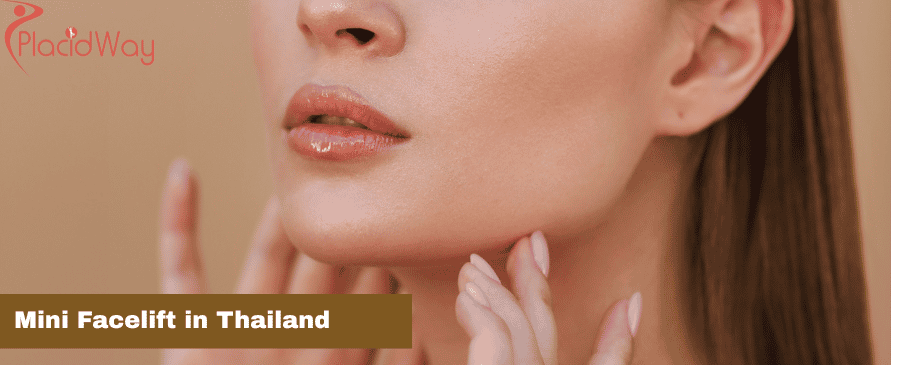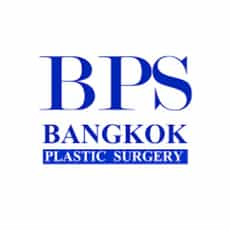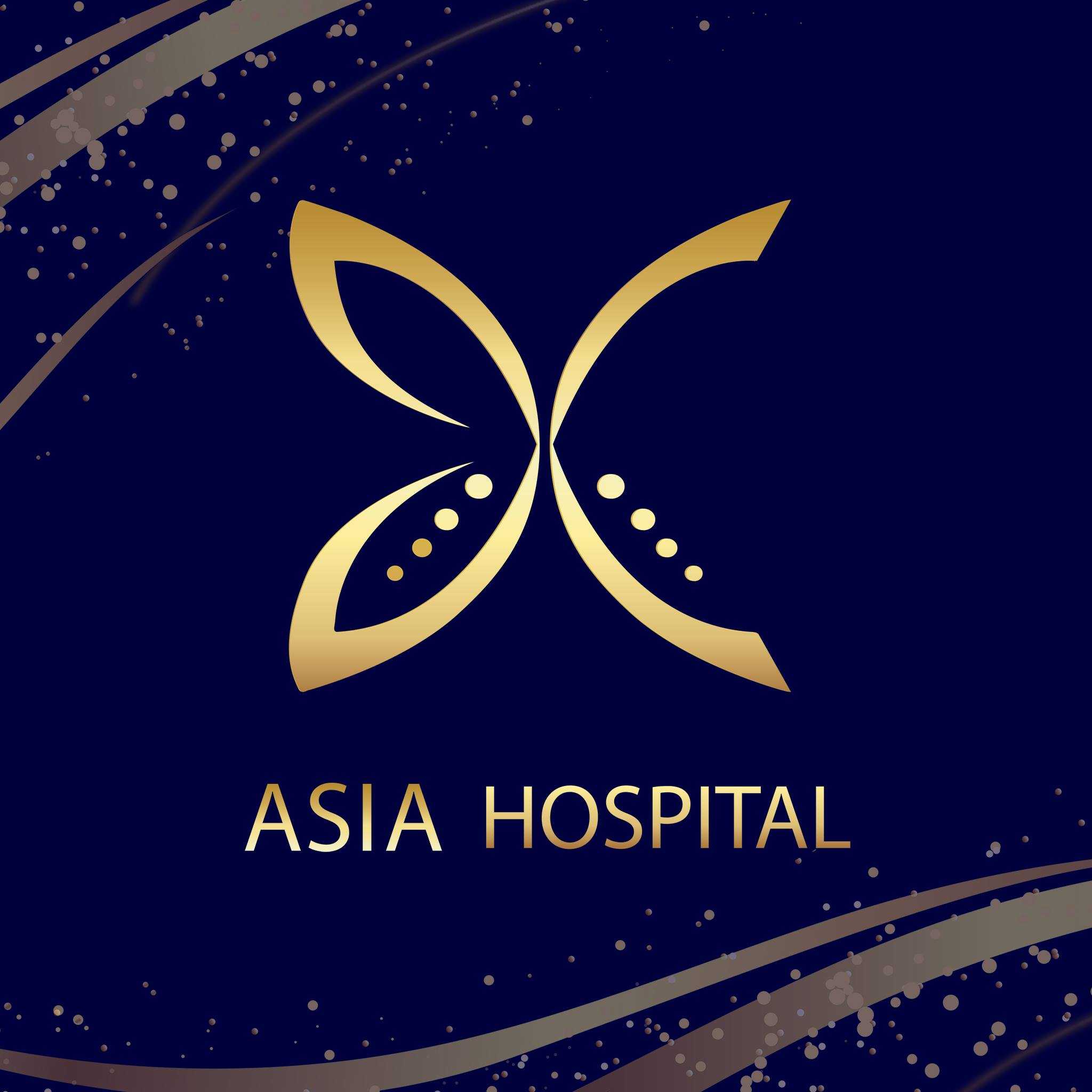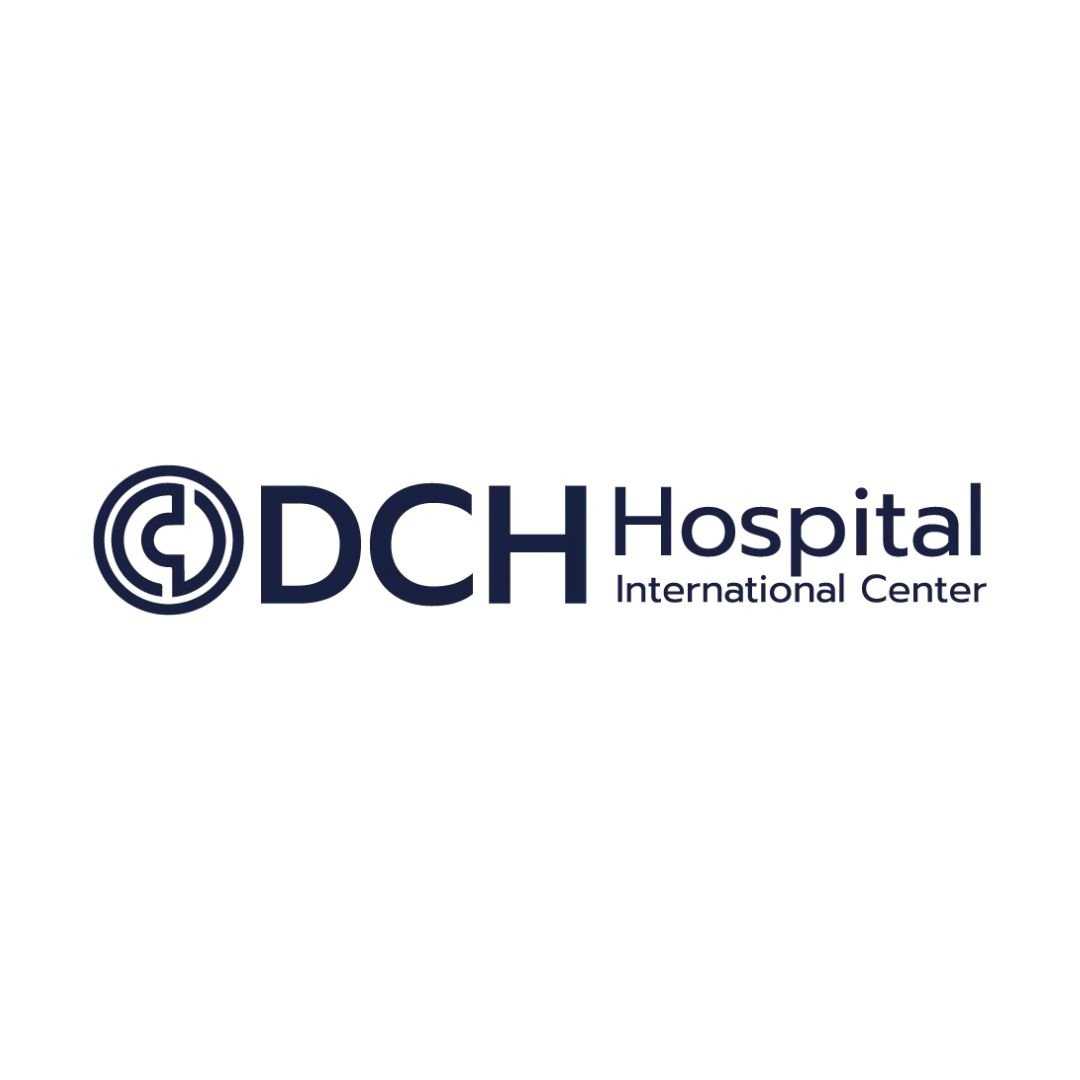Considering a Mini-Facelift in Thailand? Everything You Need to Know
"Yes, numerous reputable clinics for mini facelift in Thailand offer a variety of advanced options for those seeking a refreshed and natural-looking rejuvenation."

A mini-facelift in Thailand has become a leading choice for individuals looking to address the early signs of aging without committing to a full facelift. This less invasive procedure is perfect for targeting sagging skin around the jowls and refining the jawline, offering a subtle yet significant enhancement. Thailand’s reputation as a top medical tourism hub is well-deserved, boasting internationally accredited hospitals, highly skilled surgeons, and prices that are considerably more affordable than in many Western countries. Patients from across the globe are drawn to the combination of high-quality medical care and the chance to recover in a serene, tropical setting. If you're bothered by mild to moderate skin laxity in the lower face, a mini-facelift in Thailand could be the ideal solution to restore a more youthful and revitalized appearance.
What Exactly is a Mini-Facelift?
"A mini-facelift is a cosmetic surgical procedure designed to correct minor sagging and excess skin in the lower third of the face, specifically targeting the jowls and jawline."
A mini-facelift, often called a "weekend facelift" or an "S-lift" due to the shape of the incision, is a modified version of a traditional facelift. It is a less extensive surgery, which means smaller incisions, a shorter procedure time, and a quicker recovery period. The primary goal of a mini-facelift is to tighten the underlying facial muscles and remove a small amount of excess skin. This results in a more defined jawline, a reduction in the appearance of jowls, and a smoother, more youthful contour to the lower face. It's an excellent option for those who are just beginning to notice the signs of aging and want to take proactive steps to maintain their youthful appearance.
Why Choose Thailand for Your Mini-Facelift?
"Thailand is a top choice for mini-facelifts due to its combination of world-class, internationally accredited medical facilities, highly experienced and board-certified plastic surgeons, and significantly lower costs compared to Western countries."
Thailand has firmly established itself as a premier destination for medical tourism, and for good reason. The country's healthcare system, particularly in the private sector, is on par with the best in the world. Many Thai hospitals and clinics have received JCI (Joint Commission International) accreditation, a testament to their commitment to the highest standards of patient care and safety.
The surgeons in Thailand are another major draw. A significant number have been trained in the US, UK, or other Western countries, and they bring a wealth of experience and expertise to their practice. They are adept at the latest surgical techniques, ensuring natural-looking results. The cost-effectiveness of a mini-facelift in Thailand is also a major factor. Patients can often save 50-70% on the cost of the procedure compared to what they would pay at home, without compromising on quality. This cost saving allows many to enjoy a relaxing recovery in a beautiful vacation destination.
What is the Cost of a Mini-Facelift in Thailand?
"The cost of a mini-facelift in Thailand typically ranges from $2,500 to $5,000 USD."
This price is significantly lower than in countries like the United States or Australia, where the same procedure can cost upwards of $10,000. The final cost in Thailand can vary depending on several factors, including the surgeon's experience, the specific technique used, the clinic's reputation, and the city where the procedure is performed. It's important to get a detailed quote from your chosen clinic that outlines all the included costs, such as surgeon's fees, anesthesia, facility charges, and any necessary pre- and post-operative appointments. Many clinics offer all-inclusive packages that cover accommodation and airport transfers, providing excellent value for international patients.
Am I a Good Candidate for a Mini-Facelift?
"Ideal candidates for a mini-facelift are typically in their 40s or 50s, in good overall health, and are experiencing mild to moderate sagging in the lower face and jowls."
A mini-facelift is most effective for individuals who are starting to see the visible signs of aging but do not yet have significant skin laxity that would necessitate a full facelift. Good candidates should have realistic expectations about the outcome of the procedure. It's a rejuvenating surgery, not a complete transformation. You should be a non-smoker or be willing to quit several weeks before and after surgery, as smoking can impair healing. A consultation with a qualified plastic surgeon in Thailand will ultimately determine if a mini-facelift is the right procedure to help you achieve your aesthetic goals.
What Are the Different Types of Mini-Facelift Techniques Available in Thailand?
"Thai surgeons are skilled in various mini-facelift techniques, including the SMAS lift, deep plane lift, and the use of Endotine devices, to customize the procedure to the patient's unique needs."
The type of mini-facelift a surgeon recommends will depend on your specific concerns and facial anatomy. Here are some of the common techniques:
-
SMAS Plication: The Superficial Musculoaponeurotic System (SMAS) is a layer of tissue that covers the deeper structures of the face. In a SMAS plication mini-facelift, the surgeon tightens this layer with sutures, which in turn lifts the overlying skin. This is a very effective technique for addressing jowls and creating a more defined jawline.
-
Deep Plane Mini-Facelift: This is a more advanced technique where the surgeon goes beneath the SMAS layer to release and reposition the ligaments that tether the facial tissues. This allows for a more significant and longer-lasting lift. While it's a more complex procedure, it can produce very natural-looking results.
-
Endotine Mini-Facelift: Endotine devices are small, absorbable implants with tiny hooks that are used to anchor the lifted tissues in place. They provide secure fixation and dissolve over several months as the tissues heal and reattach. This can be a good option for providing additional support and lift.
During your consultation, your surgeon will discuss the different techniques with you and recommend the one that is best suited to your individual needs and desired outcome.
Mini-Facelift vs. Full Facelift: What's the Difference?
"A mini-facelift is a less invasive procedure that targets the lower third of the face, while a full facelift addresses more advanced signs of aging in the mid-face, lower face, and neck."
The choice between a mini-facelift and a full facelift depends on the extent of your aging concerns. A mini-facelift is ideal for those with mild to moderate sagging confined to the jawline and jowls. It involves shorter incisions, typically around the ears, and a quicker recovery.
A full facelift is a more extensive procedure that addresses more significant sagging, deep wrinkles, and loss of volume in the mid-face and neck. The incisions for a full facelift are longer, extending from the temples, around the ears, and into the hairline behind the ears. The recovery time for a full facelift is also longer. A surgeon in Thailand can help you decide which procedure is more appropriate for you based on a thorough evaluation of your facial structure and aesthetic goals.
What Can I Expect During a Mini-Facelift Consultation in Thailand?
"During a mini-facelift consultation in Thailand, you can expect a comprehensive evaluation of your facial anatomy, a detailed discussion of your goals, and a personalized treatment plan from a qualified surgeon."
The consultation is a crucial part of the process. Your surgeon will ask about your medical history and any medications you are taking. They will then carefully examine your face, assessing your skin quality, the degree of sagging, and your underlying bone structure. This is your opportunity to ask any questions you have about the procedure, including the risks and benefits, the expected recovery, and the cost. A good surgeon will take the time to understand your concerns and work with you to create a treatment plan that aligns with your expectations. You should leave the consultation feeling informed, comfortable, and confident in your decision.
How Should I Prepare for a Mini-Facelift in Thailand?
"To prepare for a mini-facelift in Thailand, you should follow your surgeon's pre-operative instructions, which typically include stopping certain medications and smoking, and arranging for a companion to assist you after the surgery."
Your surgeon will provide you with a detailed list of pre-operative instructions. These will likely include:
-
Avoiding blood-thinning medications: You may be asked to stop taking aspirin, ibuprofen, and certain supplements for a couple of weeks before surgery to reduce the risk of bleeding.
-
Quitting smoking: Smoking can significantly impair healing, so you will need to stop smoking for at least four to six weeks before and after your procedure.
-
Arranging for support: You will need someone to drive you to and from the clinic and to stay with you for at least the first 24 hours after surgery.
-
Preparing your recovery space: Make sure you have a comfortable place to rest and recover, with plenty of pillows to keep your head elevated.
What is the Recovery Like After a Mini-Facelift?
"Recovery after a mini-facelift typically involves some swelling and bruising for the first week or two, with most patients feeling well enough to return to non-strenuous activities within 7 to 10 days."
The recovery from a mini-facelift is generally much quicker and easier than from a full facelift. You can expect some swelling, bruising, and mild discomfort in the first few days, which can be managed with pain medication prescribed by your surgeon. You will likely have a compression garment to wear to help reduce swelling. Most patients are able to return to work and social activities within a week to ten days, although you should avoid strenuous exercise for at least four to six weeks. The final results of your mini-facelift will become apparent over the following months as the swelling completely subsides.
How Long Do the Results of a Mini-Facelift Last?
"The results of a mini-facelift are long-lasting, typically for about 5 to 10 years."
While a mini-facelift can turn back the clock, it does not stop the natural aging process. The longevity of your results will depend on several factors, including your genetics, your lifestyle, and how well you take care of your skin. To maintain your results for as long as possible, it's important to protect your skin from the sun, eat a healthy diet, and avoid smoking. Some patients choose to have touch-up procedures or non-surgical treatments in the years following their mini-facelift to maintain their rejuvenated appearance.
What Are the Risks and Side Effects of a Mini-Facelift?
"While generally safe, a mini-facelift, like any surgery, carries potential risks such as infection, bleeding, scarring, and nerve injury, though these are rare when the procedure is performed by a qualified surgeon."
It's important to be aware of the potential risks and side effects before undergoing any surgical procedure. The most common side effects of a mini-facelift are temporary and include:
-
Swelling and bruising
-
Mild pain or discomfort
-
Numbness or a tight feeling in the face
More serious complications are rare but can include:
-
Infection
-
Hematoma (a collection of blood under the skin)
-
Poor wound healing or noticeable scarring
-
Injury to the facial nerves, which can cause temporary or, in very rare cases, permanent weakness of the facial muscles.
Choosing a board-certified, experienced plastic surgeon in Thailand and carefully following their pre- and post-operative instructions will significantly minimize these risks.
Are There Non-Surgical Alternatives to a Mini-Facelift in Thailand?
"Yes, for those not ready for surgery, Thailand offers a range of non-surgical facial rejuvenation treatments such as thread lifts, dermal fillers, and Ultherapy."
If you're looking for a less invasive way to address the signs of aging, there are several effective non-surgical options available in Thailand:
-
Thread Lifts: This procedure involves inserting dissolvable threads under the skin to lift and tighten sagging tissues. The results are immediate and can last for up to a year or more.
-
Dermal Fillers: Injectable fillers, such as those containing hyaluronic acid, can be used to restore lost volume in the cheeks and temples, and to soften the appearance of jowls.
-
Ultherapy: This non-invasive treatment uses focused ultrasound energy to stimulate collagen production deep within the skin, resulting in a gradual lifting and tightening effect.
These non-surgical treatments can be a great way to achieve a more youthful appearance without the downtime of surgery. A consultation with a cosmetic doctor in Thailand can help you determine which option is best for you.
To explore your options for a mini-facelift or other cosmetic procedures in Thailand, connect with PlacidWay to find trusted clinics and experienced surgeons who can help you achieve your aesthetic goals.


.png)


.png)











Share this listing